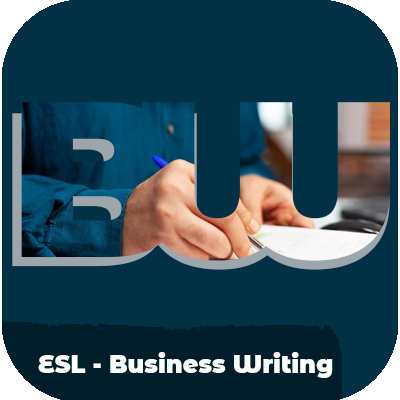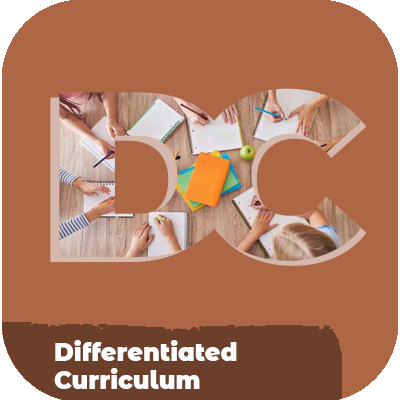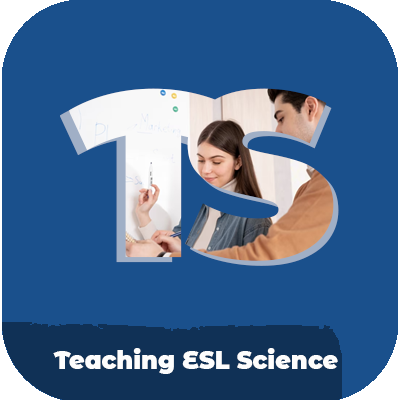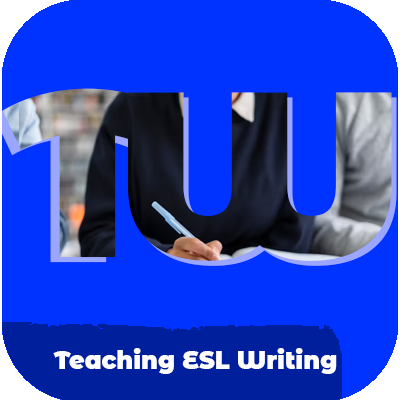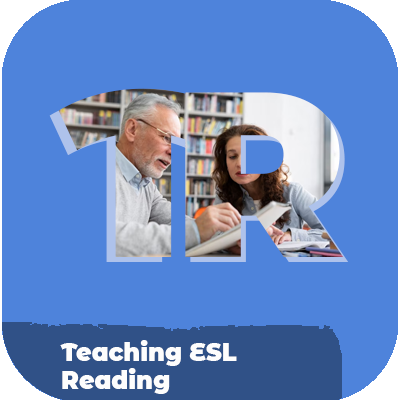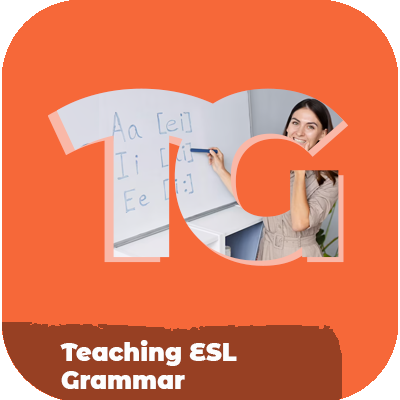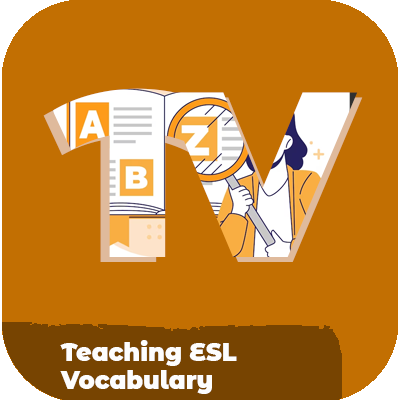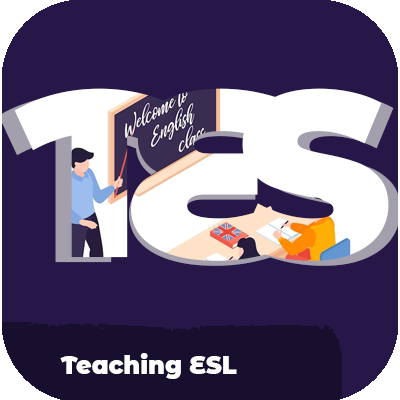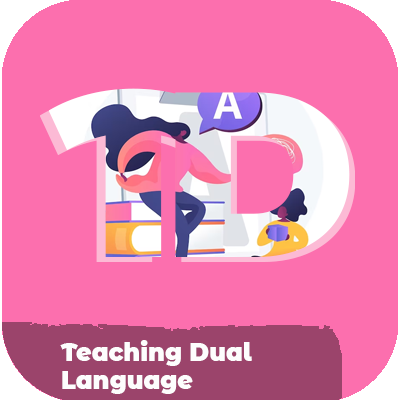Course Description:
This course will provide participants with an understanding of advanced English as a Second Language (ESL) for professional business contexts. Topics covered include crafting persuasive emails, constructing sharp reports, organizing complex presentations, summarizing key ideas in writing with precision and accuracy, and other communication scenarios in a professional setting. Participants will gain an understanding of the highest-level aspects of the English language necessary to succeed in the business world.
Course Objectives:
- Utilize accurate language rules from multiple sources when writing
- Develop strategies for writing emails that demonstrate persuasion and clarity
- Construct sharp reports that effectively convey information
- Organize complex presentations using a variety of approaches
- Summarize key ideas accurately and concisely in writing
- Evaluate arguments using critical thinking skills
- Compose persuasive essays that demonstrate fluency and accuracy
- Leverage specialized terminology when communicating with colleagues and clients
- Analyze methods for conveying complex ideas using precise words and phrases
- Implement measures for continual improvement in communication skills


